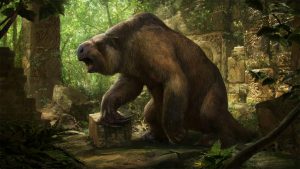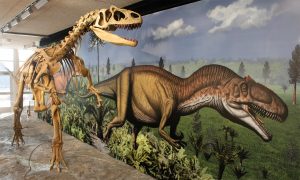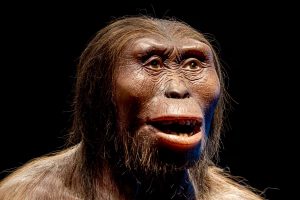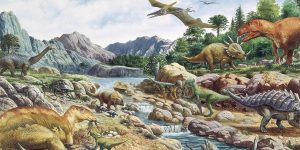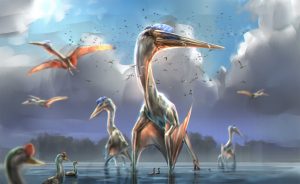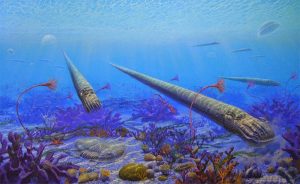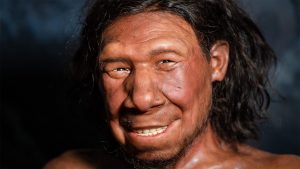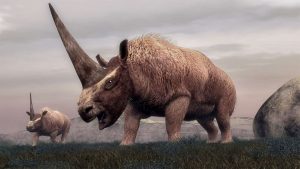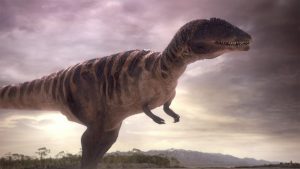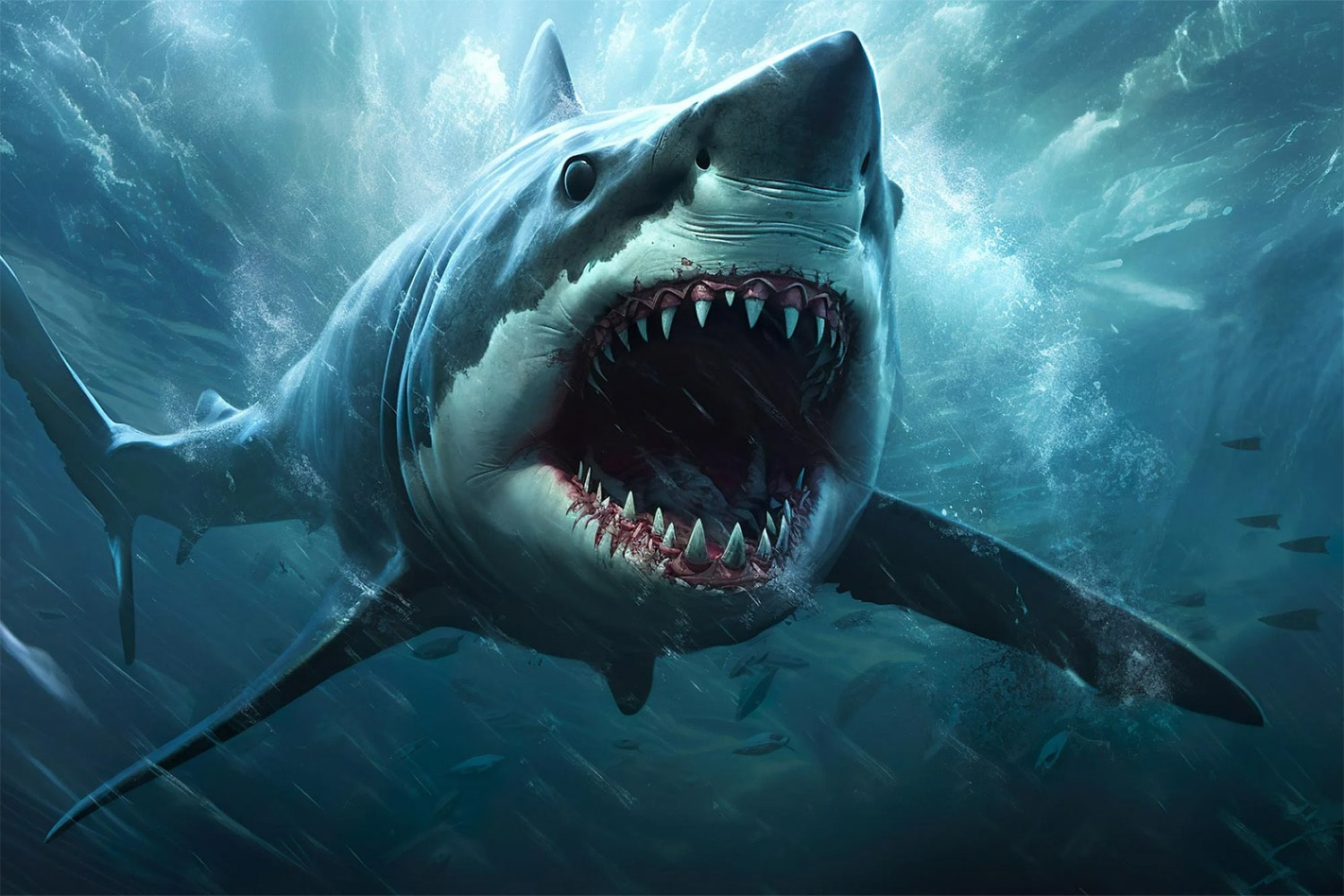
18 interesting facts about Megalodon
- 👁️ 414
Megalodon, often just called “meg,” has captivated the imaginations of people across the globe. This prehistoric shark, known scientifically as Carcharocles megalodon, was an apex predator of the oceans, whose sheer size and power place it among the most formidable carnivores ever to have existed. Despite its fame, much about this giant remains shrouded in mystery due to its existence millions of years ago, leaving only fossilized teeth and vertebrae for scientists to study. As a creature of both scientific intrigue and popular fascination, Megalodon continues to be a central figure in marine paleontology and oceanic folklore.
- Megalodon lived approximately 23 to 3.6 million years ago during the Miocene and Pliocene epochs.
- Estimates suggest Megalodon could grow up to 60 feet in length, making it one of the largest sharks to ever exist.
- This prehistoric shark’s name, Megalodon, translates to ‘big tooth’ which is apt as its teeth could be over 7 inches long.
- Unlike dinosaur fossils, Megalodon is primarily known from its teeth because shark skeletons are made of cartilage, which does not fossilize as well as bone.
- Megalodon’s bite force is estimated to be between 108,514 and 182,201 newtons, several times stronger than that of the largest living great white sharks.
- The diet of Megalodon likely consisted of large marine mammals like whales, dolphins, and seals.
- Megalodon teeth have been found all around the world, indicating that they were widely distributed across ancient oceans.
- The shark’s massive size suggests that it had no real predators when fully grown.
- Some Megalodon fossils suggest the shark could have employed a nursery strategy for its young, using shallow, warm-water bays similar to some modern great whites.
- Megalodon is thought to have gone extinct as a result of changing oceanic conditions and a decline in the population of the marine mammals it preyed upon.
- The shark’s enormous teeth were not only tools for eating but also likely played a role in display and mating behavior.
- Fossil evidence suggests that Megalodon was a cosmopolitan species that inhabited a range of environments from tropical to temperate seas.
- Megalodon’s teeth were serrated, which would have been effective at cutting through flesh and bone.
- The size of Megalodon’s vertebrae suggests that it had a powerful swimming ability to support its large body and actively hunt large prey.
- There is no evidence that Megalodon ever encountered humans, contrary to popular myths and movies suggesting otherwise.
- Megalodon’s decline has been linked to the cooling of the planet’s oceans and a drop in sea levels, which reduced suitable habitat for many marine species.
- Studies of Megalodon’s distribution patterns suggest that it preferred to stay close to coastal food sources where its young had fewer predators.
- The largest Megalodon tooth ever discovered is over 7.48 inches in diagonal length, a record for shark teeth.
In conclusion, Megalodon remains one of the most awe-inspiring creatures in the paleontological record. Its immense size and power, evidenced by its massive teeth and wide geographic distribution, underline its role as a dominant marine predator of its time. Despite its extinction millions of years ago, the legacy of Megalodon continues to thrive in scientific research and popular culture, where it symbolizes the sheer magnitude and mystery of nature’s past inhabitants. The continued study of its fossils not only helps to understand the marine ecosystems of the past but also enriches our appreciation of the evolution and capabilities of sharks.
